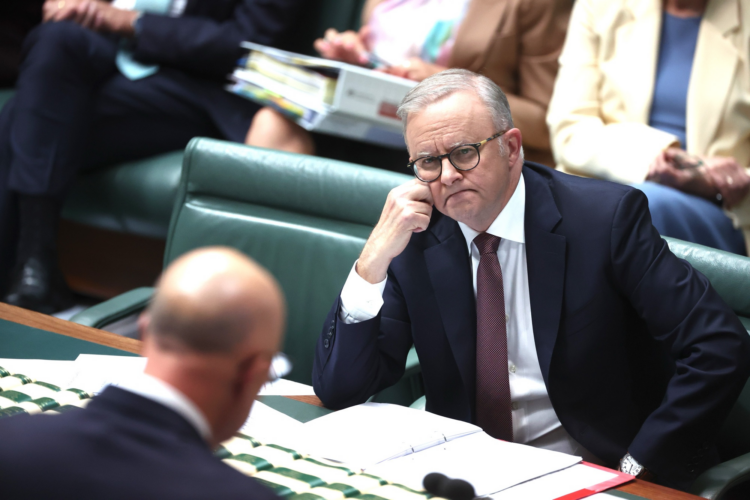Labor caucus decision on environmental gutting laws shows party struggling to find identity
Given that we will be hearing a lot about the size of the public service this election (because the Coalition is set on slashing it again) it might be worth having a look at the actual numbers. (Again)
This table is from the Australian Public Service Commission
| June 2008 | June 2012 | June 2016 | June 2020 | June 2024 | |
|---|---|---|---|---|---|
| APS employees | 159,299 | 167,343 | 155,607 | 150,360 | 185,343 |
| Australian population | 21,249,200 | 22,733,500 | 24,190,900 | 25,649,200 | 27,095,255 |
| APS employees as % of population | 0.75% | 0.74% | 0.64% | 0.59% | 0.68% |
| Employed persons | 10,487,557 | 10,958,923 | 11,507,887 | 11,733,447 | 13,647,452 |
| APS employees as % of employed persons | 1.52% | 1.53% | 1.35% | 1.28% | 1.36% |
You may notice that as a percentage of population, even with the increased hirings (to replace the ‘shadow’ public service the Morrison government hired through the private sector), the public service is still lower than it was in June 2008 and June 2012.
Cutting the public service to “save money” is like me saying I’m going to save money by cutting my grocery spend, and then dining out for every meal. So yeah, I am only spending $50 a week at the supermarket, but I’m spending $400 a week eating out.
Cutting the public service only benefits the private sector.
